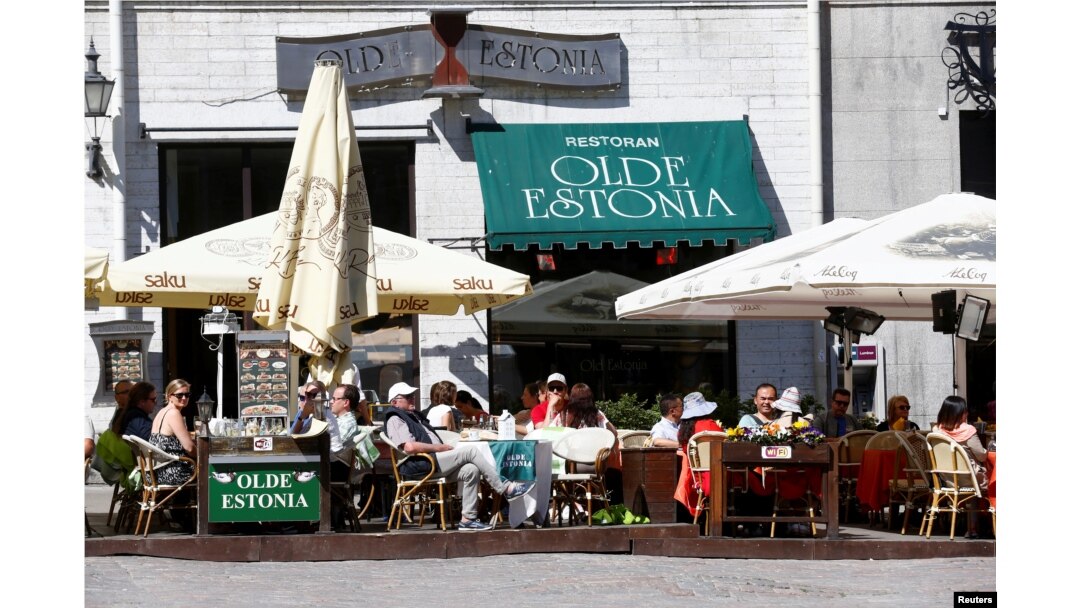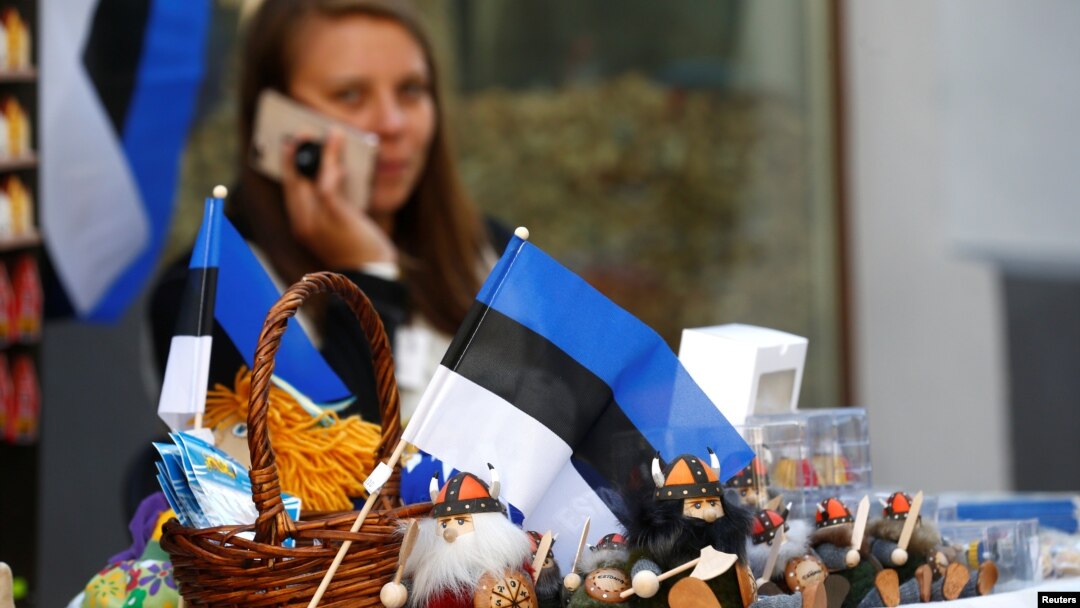As the ferries from Finland approach Tallinn, the first prominent landmark looming port side is a 314-meter high television tower. It is Estonia’s tallest building, but its prominence as a landmark exceeds mere elevation.
The Soviet-era tower played a key role in Estonia establishing independence in 1991.
As army tanks rolled to seize the tower, intent on preventing the collapse of the Soviet Union, Estonians surrounded the structure with trucks and formed human shields. At the top of the tower two Estonian police officers are said to have repulsed Soviet soldiers by threatening to release Freon gas they claimed would have killed everyone inside.
The soldiers hesitated and that evening, on August 20, Estonia declared itself an independent republic.
Since then the smallest Baltic state, with a population of just 1.3 million, has joined the North Atlantic Treaty Organization and the European Union. But on the eve of the summit between U.S. President Donald Trump and Russian President Vladimir Putin, some Estonians say despite the geo-political insurance policies NATO and the EU provide they are again feeling vulnerable.

FILE - People sit in a restaurant in Tallinn, Estonia, May 31, 2018.
Outside the Tuum Cafe and Bar in Freedom Square on a warm and sunny Sunday, friends find themselves discussing what the next day’s meeting - 100 kilometers north across the sea in Finland - will mean for their country.
“I’m worried,” says sales manager Mehis Nurmetalu.
Feeling ‘vulnerable’
The 42-year-old veteran of the Estonian Defense Forces says he trusts neither Trump nor Putin as leaders of two powerful nations to negotiate in a way that will be in his small country’s best interest.
“Our neighbor (Russia) is very active and there are still no solutions about Crimea, Ukraine, Syria – the Middle East,” he notes.
All of the Baltic and Scandinavian states, could be in play as well, adds Nurmetalu.
Another former Estonian Defense Forces soldier – who prior to that served in the Soviet Red Army in Afghanistan - says he prefers Trump’s approach to predecessor Barack Obama’s, praising his pressuring of NATO members to spend more on their militaries.
FILE - People gather in the Town Square in Tallinn, Estonia, May 31, 2018.
The veteran, who does not want to give his name because of the sensitive nature of his past military service, favors the dialogue between Trump and Putin, but says despite the American president’s direct rhetoric, “We don’t know what he is really thinking.”
The military veteran stresses that while Estonians like Russian people and culture, they never again want to be controlled by Moscow.
To Estonia’s younger generation, born after independence, it is only something they know from their history books or their parents.
High school student Getter Kitsing, 16, who aspires to be an actor or media photographer, says her parents worry that it is starting to feel like old times again.
Estonia “is vulnerable,” she says. “When I think of all the things happening in the EU and NATO, I’m starting to think that while Estonia is still a safe place, it might not be in the future.”
Of Monday’s summit, she expresses distrust of both Trump and Putin.
“Maybe it helps make things better, but what comes out of it might not be very good,” says the student. “I think Trump is very childish. He just throws words out of his mouth and doesn’t think about them. Putin is more sophisticated, a grown-up.”
Bicyclists are seen in front of the Estonian Parliament building, Tallinn, Estonia, July 15, 2018. (S. Herman/VOA)


